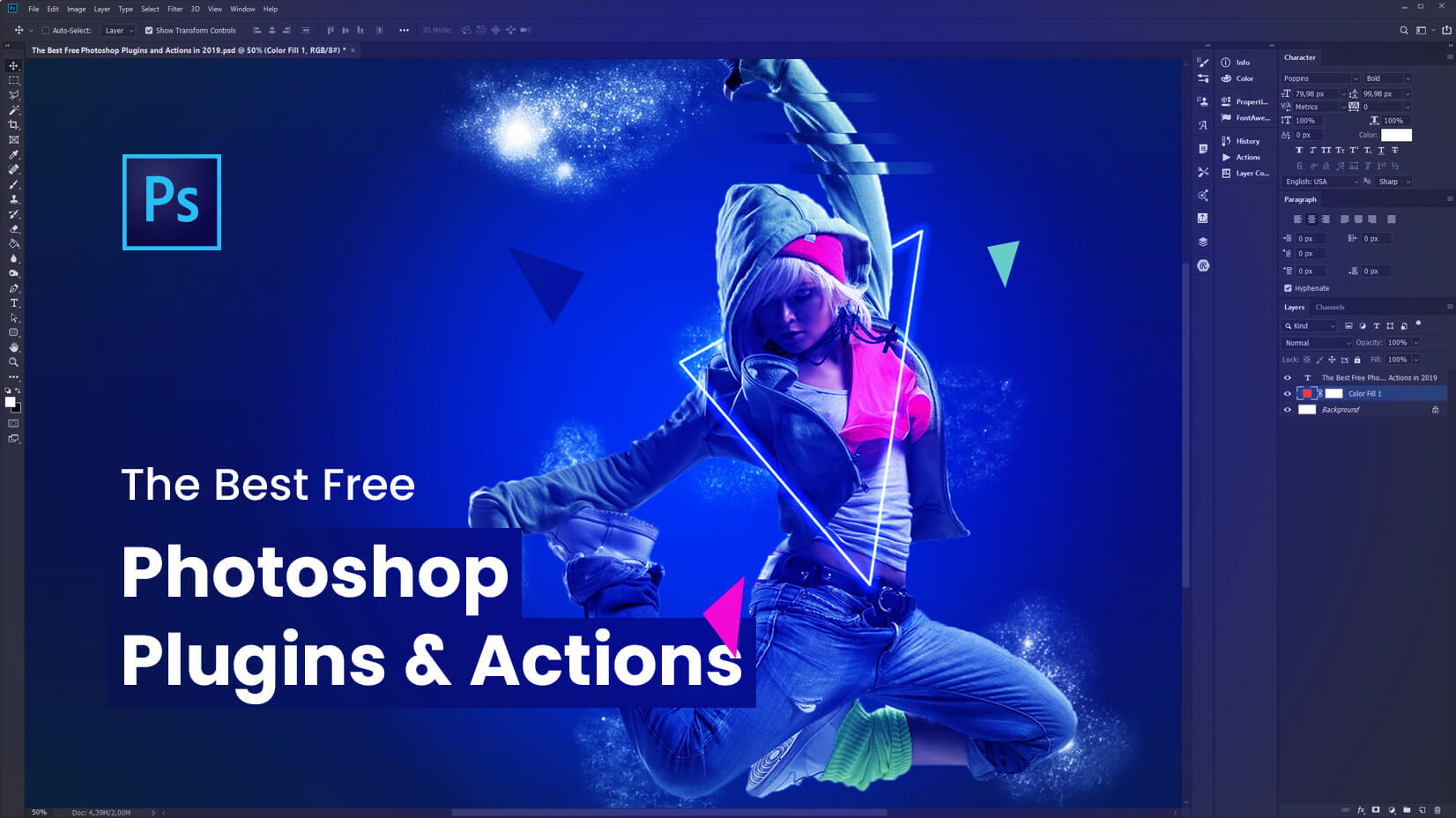
W hy is Business Communication important?
hy is Business Communication important?
Business communication is the process of sharing information and data between people within or outside a company. Its purpose is to communicate data, make adequate decisions or promote a service.
It is a key factor because it builds and maintains positive relationships inside and outside the business. It also allows employees to share their ideas openly and confidently.
This builds more cohesive and effective teams, ensures transparency and, respectively, benefits the growth of the company.
The best way to communicate complex data is through data visualization. The usage of charts, graphics and videos is something many companies are currently betting on. That is why having business communication skills is vital to your success.
Internal and External
In the first case, we’re talking about communication between employees, co- workers, teams in the same company or in the same business area. In the second, it’s the exchanging of information outside the company or business.
The internal business communication includes meetings, team e-mails, social media, conferences and conference calls, briefings and message boards. The external revolves around feeds, online campaigns, videos, articles, advertising, published information and all types of customer service.
 How is Business Communication changing?
How is Business Communication changing?
Communication, in general, is rapidly evolving with a sharp shift towards the visual. More and more people would prefer the usage of a single image, gif, meme or emoji than writing what’s on their mind. Whether this is the fault of the new Internet culture set by big social media websites like Twitter, where written communication is limited to the minimum, one thing is for sure- everyone’s on board.
Visual communication is faster, more efficient and easily digestive.
This goes especially nowadays when we’re surrounded by tons of pieces of content pushed our way. It’s crucial to know how to extract the essence of it without wasting time on reading unimportant information. A few years ago communicating via images was considered to be a teenager thing, while today this narrative has been appropriated even in the workspace.
Why visuals?
- According to studies, in 2 weeks time after a movie, people recall only 10-20% of the spoken or written lines next to 50% of the visual content.
- Visuals express positive vibes, they mark jokes and underline statements. Although they won’t be completely replacing the text communication anytime soon, the visuals help to provide a more accurate interpretation of what needs to be communicated.
- Visual business communication is crucial to a company and its strategic plan. Messages with incorporated images and videos tend to benefit the sender and the receiver equally.
What are the advantages of visual communication?
In general, visual communication is easier to comprehend as it simplifies complex data. This leads to quick decision making. In presentations, visuals are complimentary to oral communication and strengthen the presenter’s message. Last, but not least, visual communication alone is understandable for people who don’t speak your language. If you use the right images, that is.
Do you want to learn What Are Stock Images and Should You Use Them? [Master’s Guide]
What are the advantages for the Business?
Brand Recognition
Visuals make a brand recognizable. Big companies use specific shapes, colors and fonts to communicate a specific message and to stand out from their competition. This consistency in style is what makes a visual communication in business successful and efficient and it gives your brand an advantage and awareness.
Little Room for Interpretation
In business communication, there should be left room for interpretation as little as possible. Text communication fortified with visuals, short and simple videos and infographic leave all readers to interpret similar meanings and quickly get on the same page.
This is in complete contrast to literature where the writers communicate their ideas to the audience in text format and leave plenty of room for free interpretation. This is why movies based on books do not always live up to the readers’ expectations.
 Better Customer Service
Better Customer Service
Customer Service employees often rely on visuals in order to walk customers through entire processes. For example, screenshots not only save time writing rows of explanations but also provide a better understanding of the problem and its solutions. Accompanying screenshots with annotations, highlighting specific parts and additional explanations are even better.
Social Network Popularity
Visual Business Communication gets effective when combined with social media. Visuals get shared and distributed in the newsfeeds of potential clients. The statistic shows that Facebook posts that include images tend to engage viewers 650% more than regular text updates do.
Better Understanding of Product and Services for Potential Clients
People prefer to watch a product review video on YouTube before purchasing. Hands on videos, especially in the tech sphere are obligatory. They give sufficient information, insights and a better understanding of how a device works and what its advantages are.
Better Workplace Communication
Many companies invest in video tutorials to train their employees more efficiently. In the meantime, co-workers use effective visual communication amongst themselves. The examples include slide presentations that are perfect for the use of graphs in order to compare numbers; memos that transport information between co-workers and groups; videos and hands- on displays.
 What are the disadvantages?
What are the disadvantages?
Unfortunately, as great as visual business communication sounds, there are also a few inconveniences you can’t escape.
Creating the right visuals that will benefit the better communicating data takes much longer compared to text.
Visual business communication can be a double- edged sword. Poorly made graphic or image will not only fail to deliver the message but might become misleading and damage the communication.
It might get costly. Especially if you need something specific and custom made to incorporate and communicate your data adequately, you will need to pay a professional to do it. That kind of professional work never comes for free.
Furthermore, the technique of visual communication is incomplete and it can’t exist as the only method for business communication. It’s your best tactic, but it needs a base (oral or text communication) to stand on. After all, you need your archers protected by a wall for full efficiency and minimum casualties.
DOs and DON’Ts of Visual Business Communication
DOs
- Identify your audience;
- Do your research and make sure the data is correct and not misleading;
- Always check your facts;
- Try to integrate information into a hierarchy;
- Appropriate a color palette, but keep in mind not to use more than 6 colors;
- Appropriate typefaces;
- Bet on a consistent design;
- Communicate data accurately;
- Try to tell a story;
- Promote your data;
- Always remember to proofread the final version;
- Be clear and direct;
- Paraphrase to add more clarity;
- Be confident to use “I”.
DON’Ts
- Don’t confuse the viewer;
- It’s important not to make misleading graphics;
- Overdoing it or making it complicated has a negative effect;
- Don’t distort graphics and make sure all your Y axis start from Zero;
- It’s better not to skip values in numerical data;
- Refrain from using phrases like ”Don’t care” “Not interested” “Don’t want to”, instead flip them to questions;
- Try not to explain complicated information via emails, flyers or letter. Instead, arrange a meeting;
- Minimize the use of jargon and tech terms, especially when communicating outside your company;
- Try not to overuse abbreviations;
- Don’t interrupt;
- Never talk negatively about the competition.
We’ve learned of the importance of visuals, especially in business settings. Just by knowing the basic rules you can always improve the communication within and outside your company. Now go and rock it the best way it suits
Since we’re still on the important topic of visuals, why not checking out How to Build Strong Brand & Visual Identity?
 hy is Business Communication important?
hy is Business Communication important?
 How is Business Communication changing?
How is Business Communication changing?




 What are the disadvantages?
What are the disadvantages?














